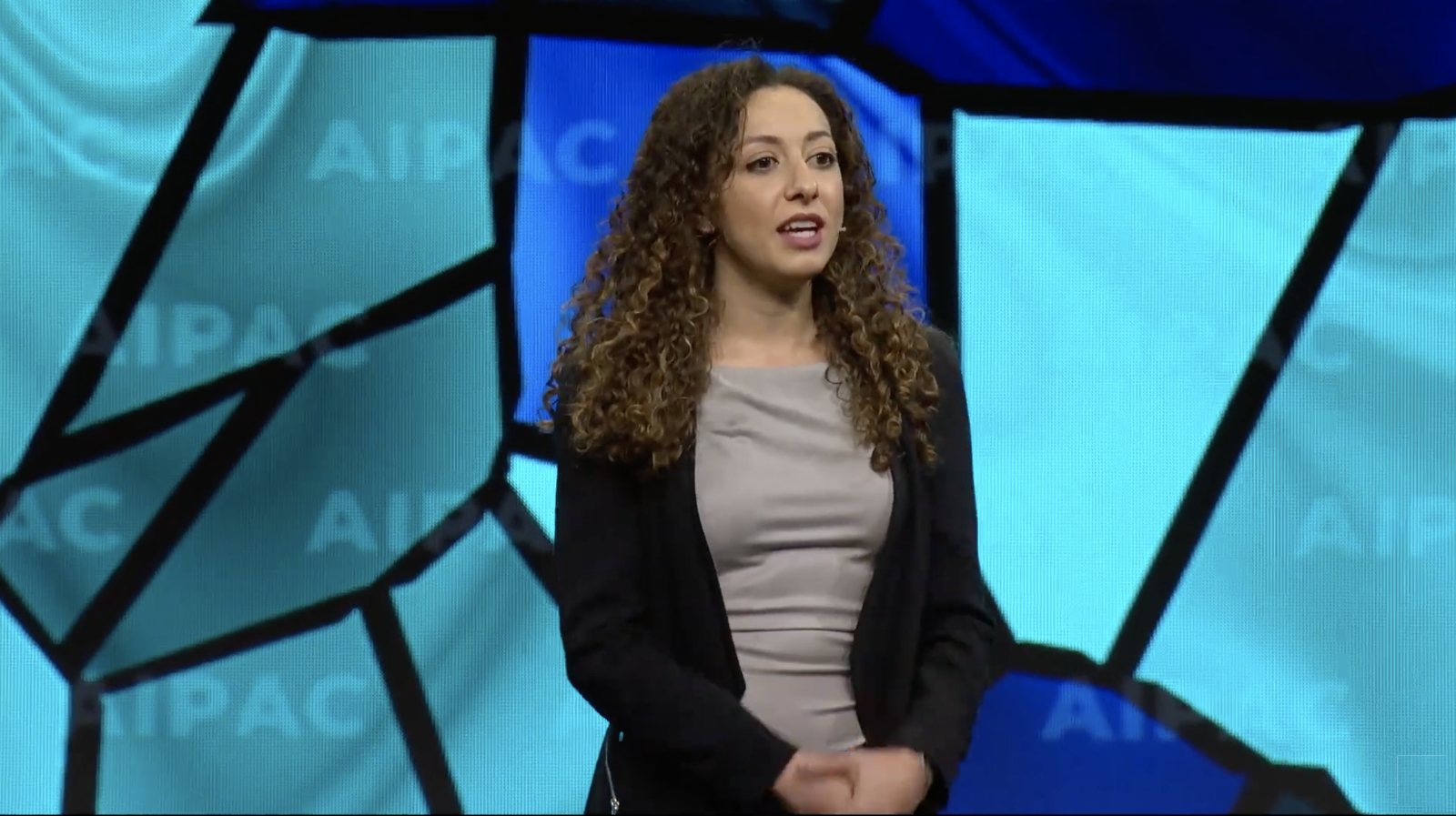Antisemitism and racism have both been on the rise in the United Kingdom. The particulars of local politics have complicated the fight against these trends by often pitting the needs of Jewish community against the needs of people of Color. This has put Jews of Color in what is often an untenable position. The Board of Deputies of British Jews, an oversight group, recently undertook to delve into the complexities of life for Jews of Color. Lara, a Black British Jew, shares her thoughts on the report.
Stephen Bush, the Chair of the Board of Deputies’ Commission on Racial Inclusivity (CRI), has achieved something that Tony Sewell’s Commission on Race and Ethnic Disparities could not: his report centered and upheld the truth. Written in Stephen’s eloquent, clear and balanced way, it spoke the existence of Black-British Jews and Jews of Colour into British Jewish life. That is profound, unparalleled, historic.
Those of you who follow me on Twitter know that I have three and a half loves in my life: 1) pickles; 2) Paul Rudd and Idris Elba (1.5); and 3) my child, who you know as Little Blew. As I read the report, I reflected on the latter: how much of this will advance the change that needs to happen for him as he grows up as a Black and Jewish individual in these communities?
A significant number of the recommendations are to be wholeheartedly welcomed and embraced. These include those on hosting speakers, visibility in the Rabbinate, behaviour by other congregants in synagogues, rabbinical leadership, education and cultural spaces. The CRI report is incredibly balanced and honest. The examples and testimonies relay examples of my experiences, those of others I know and what I have seen online. Whilst the testimonies were, at times, heartbreaking and triggering, I love what they brought out: a raw insight in the chapters on communal spaces and Jewish schools that has been often spoken about but seeing it in black-and-white enabling these issues to hit home. This is the strength of reports such as this; it minimises the deniability often invoked that others ‘never knew’ or ‘didn’t realise it was this bad.’ It forces individuals and communities to confront the unspoken and unheard however uncomfortable it makes them feel. Feeling uncomfortable in this space is a good thing because it helps you to begin to acknowledge the impact of harmful actions and behaviour (or lack of) on someone else’s humanity.
A striking thing, perhaps due to the balance, was what the CRI report didn’t say or left hanging with little connection to the issues raised in subsequent chapters. It raised antisemitism in the Black community, sometimes flagging the Wiley incident, yet chose not to discuss an elephant in the room called whiteness. What is inescapable is you cannot have a frank conversation about racial and anti-black issues within the Jewish community such as racial profiling and racist incidents in schools without having a brave and honest conversation about whiteness, what it means for the non-Black British Jewish community, what it means for Black Jews and the ways it can manifest itself. Communities exist within a wider society that has complex, entangled and global histories. It would be unreasonable to think that the behaviours and systems designed to oppress in explicit and implicit ways stop outside our community. They don’t. It is a very uncomfortable conversation. However, my child’s, those who look like me and my humanity should not be dependent on the discomfort felt by others.
During the rollout of Sewell’s report, commissioners suggested that their conclusions were based on the evidence they had in front of them. The CRI itself amassed a range of insight and information. However, some things seemed absent.
- When speaking about the Jewish media and, indeed the Jewish Chronicle, there was an absence of the role these can play in anti-racist sentiments. For example, the CRI report notes that for the number of submissions related to racist language, “Some of this, particularly anti-Muslim sentiment, has been well documented by the Jewish Chronicle, and is deeply troubling,” without explicitly acknowledging that it also happens in these publications.
- This is more personal and an example that I wish to highlight as an opportunity for learning and growth because it was a very painful experience. In the section on advocacy, much is talked about how the Board of Deputies (BoD) provided a model of leadership for other community leaders to follow which includes “robustly and clearly condemning bad behaviour.” Whilst this may be true for the examples in the report, this fell short for three Black-British Jewish women, two of whom approached communal leadership organisations such as the BoD for supportive leadership in relation to a social media incident at the same time the CRI was in train. The incidents and lack of support caused a significant amount of emotional trauma particularly for one of the Black Jewish women. This is the background to the thoughts that questioned whether, as a Black Jew, #NoSafeSpaceForJewHate, included Black and Jewish hate too.
It Ain’t What You Do, It’s The Way That You Do It
The length and content of the CRI report scratch the surface about the tremendous amount of time, energy and relentless work that Stephen Bush and his secretariat must have put into this remarkable product. The critical part is what happens next, once the pomp and circumstance die down. It is where the hard work for others begins. I go back to the lens that I read this report: How, or will it, advance the change that needs to happen for Little Blew as he grows up as a Black and Jewish individual in these communities?
Actioning the recommendations: Behaviour change is difficult. At first glance, some recommendations may feel overwhelming. Where do you start? Organisations will need to identify the ways that these are workable but more importantly whether these will have the intended impact.
The key thing is this is a journey that we are all on and there are opportunities to do things differently. To name a few:
- ‘Peer challenge and reviews’ for stocktakes and learning from each other.
- Synagogues and communal organisations joining up to combine resources and progress recommendations where it makes sense for them to do so.
- ‘Champions’ within organisations or groups of organisations to ensure this remains on the agenda of management committees and trustee boards.
- Progress written into annual reports.
- ‘Anti-racism’ learning circles or action groups such as one set up by Rabbi Leah Jordan from Kehillah Synagogue.
Learning from what already exists will be fundamental:
- Anti-racism resources specifically for the Jewish community have been developed by Glitch UK.
- Learning about the ethnic, racial and cultural diversity of Jewish people can be built on from Be’chol Lashon.
- Liberal Judaism has begun a dialogue about diversifying the Jewish cheder curriculum.
- JW3 have a budding network that proactively involves Black Jewish individuals who are reaching out to other Black Jews for ideas about programming.
Following up the recommendations: Commissions are a group of individuals set up by a body to do something. In my world as a qualified researcher and where I have led these bodies, this also helps with minimising ‘researcher bias.’ The next step for the BoD must be to build on and empower the collective, for example, an action implementation group that the BoD provide the space and structures for. When the idea of a Commission was mooted, the BoD may have felt that they didn’t know any Black Jews to form such a group. However, this process has clearly shown that we exist and for leadership about our lives, it is imperative that a range of us are at the table to oversee and lead how the follow up is taken forward.
Visibility in communal bodies: Whilst it is helpful to see someone who looks like you in leadership bodies, there is a concern that inclusive representation can be misconstrued as providing an internal ‘consultant’ for racial issues. Similarly, there are several examples where visible representation does not lead to the desired outcomes of minimising bias and racist practice. For example, Priti Patel and Tony Sewell are considered to do more harm than good on issues of race and discrimination. Here, we need to be more ambitious: what does culturally competent leadership look like and how do inclusive leaders behave or create the necessary conditions? What conversations emanating from BLM highlighted was an age-old issue: that non-Black people must do the work and not rely on representation at the table to do the work for them.
In the CRI report, Stephen helpfully highlights that increasing visible diversity in communal bodies is not solely an issue that affects the Jewish community. For example, school governing bodies and the overall charity sector face a similar challenge. Where increasing diversity in governance and leadership structures is sought, traditional approaches such as campaigns can be limited. It may be helpful to explore evidence-informed ways to move this forward and equip people with resources such as the Black on Board programme.
Education through youth organisations, Jewish schools and adult education: It is imperative that we go beyond the traditional approach to Black History which can be heavily focused on Black American History and anti-Black racism to diversifying and expanding Jewish education to explicitly include Black Jewish history and that which reflects the ethnic, racial and cultural diversity of Jewish people. It was rightly pointed out that study trips could connect to education about the existence of Black Jews where we have histories and presence in places such as Ghana, Nigeria and the Caribbean.
Similarly, there is space to have a progressive dialogue where the report reinforced existing notions. For example, to some there is an indication that Ashkenazi can be synonymous with ‘white.’ However, it’s not. There are Ashkenazi Black Jews. Another example is the use of the term ‘converts.’ It would be fabulous if we could drop this term altogether to be truly inclusive.
Black-Jewish solidarity: The secular curriculum and the unfortunate way it does not embed or engage students in Black-British history continues to be a challenge for many. However, I have mentioned in many talks that this is one area where Black-Jewish solidarity can be entrenched and bloom. There is no reason why, for example, the BoD as a communal leader, Jewish schools as part of the wider school sector and the Jewish Labour Movement as the political dimension couldn’t connect with Black national organisations, teachers and political individual or groups to vigorously take this forward. This could be not solely in relation to Black-British history but also for Jewish-British history so that knowledge and understanding are expanded within both communities about each other and beyond. This could also contribute to dismantling anti-black and antisemitic perspectives that can be learnt during adolescence and adulthood.
Moving from an insightful and historic report means being ambitious, brave, co-productive and inclusive in ways that only actions in response from the British Jewish community can indicate that they are truly ready for. The consequence is the knee stays on the neck of Black-British Jews.
This piece originally appeared on Medium and has been reprinted with the permission of the author.







